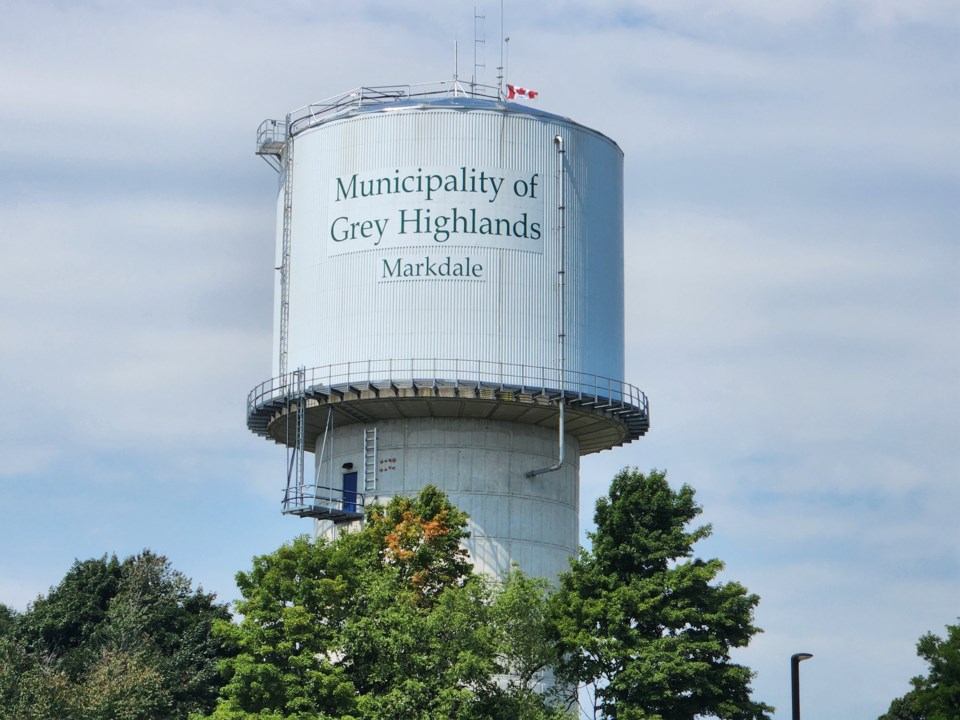A Grey Highlands water and wastewater rate study for the next decade forecasts that rates will continue to rise, but not at the same level as in recent years.
Grey Highlands council received its first glimpse of the new water and wastewater rate projections at its committee of the whole meeting on Sept. 25. The new study will come into effect in the coming years once it is complete and approved by council.
By provincial legislation, municipalities with water and sewage systems are required to have long-term rate studies/plans in place over a 10-year horizon. Municipalities are required to collect enough revenue from the user-pay systems to cover all operating and capital costs, as well as contributions to reserves for future asset replacement and upgrades.
In recent years, rates in Grey Highland have been rising 10 per cent a year as the municipality collects revenue to make up for many years of underfunding the system.
The rates for 2025 and 2026 will again rise by 10 per cent, however, the new study forecasts that beginning in 2027, the rate increases will drop to 5.5 per cent annually.
Andrew Mirabella, of Hemson Consulting – the firm preparing the study for Grey Highlands – presented the projections to council.
Mirabella said the municipality has been collecting more revenue for future capital replacement in recent years, noting that Grey Highlands has “done a good job the last few years.”
Mirabella explained that the average water and sewage bill in Grey Highlands in 2025 was $1,947 for the year.
“The municipality’s typical bill is on the higher end of the spectrum. There are obviously challenges for municipalities of your size,” he said.
Grey Highlands has water and wastewater systems in Markdale and Kimberley and a sewage system in Flesherton.
In addition to forecasting rates, the study also predicts future capital spending for each of the systems and how that spending will be financed. The study also provides a forecast on how many new homes will connect to the system during the study period.
The forecast anticipates that total system connections would rise from 1,000 in 2024 to approximately 1,200 in 2034, which raised eyebrows around the council table and triggered questions from councillors.
“It seems low with what’s happening in Markdale,” said Coun. Paul Allen, who noted that he was aware of 68 recent home sales and two conditional sales at a development in Markdale. “I think we’ll do (200 connections) next year.”
Mirabella said the consultants would take a look at the growth projections in the study and would review what might be coming for development with staff. He said if growth projections were “overly optimistic” and then “didn’t materialize” that the rate increases on existing users would be higher.
Later in the meeting, council passed a resolution asking staff for a full report about the previous rate study's growth projections compared to what actually happened in reality.
“It would be nice to know how we did on our assuming,” said Allen.
Mayor Paul McQueen said the municipality’s financial position with the systems had improved, but noted that council had a big task to justify to the public the need for further rate increases.
“We’re in a better spot today than we were 15 years ago,” he said, recalling a time when the municipality didn’t have money in reserve to replace a pump at one of the systems. “We have to be able to explain (the rates). It is important we explain how we are moving forward.”
The new rate study must be approved and in place for October 2025.


